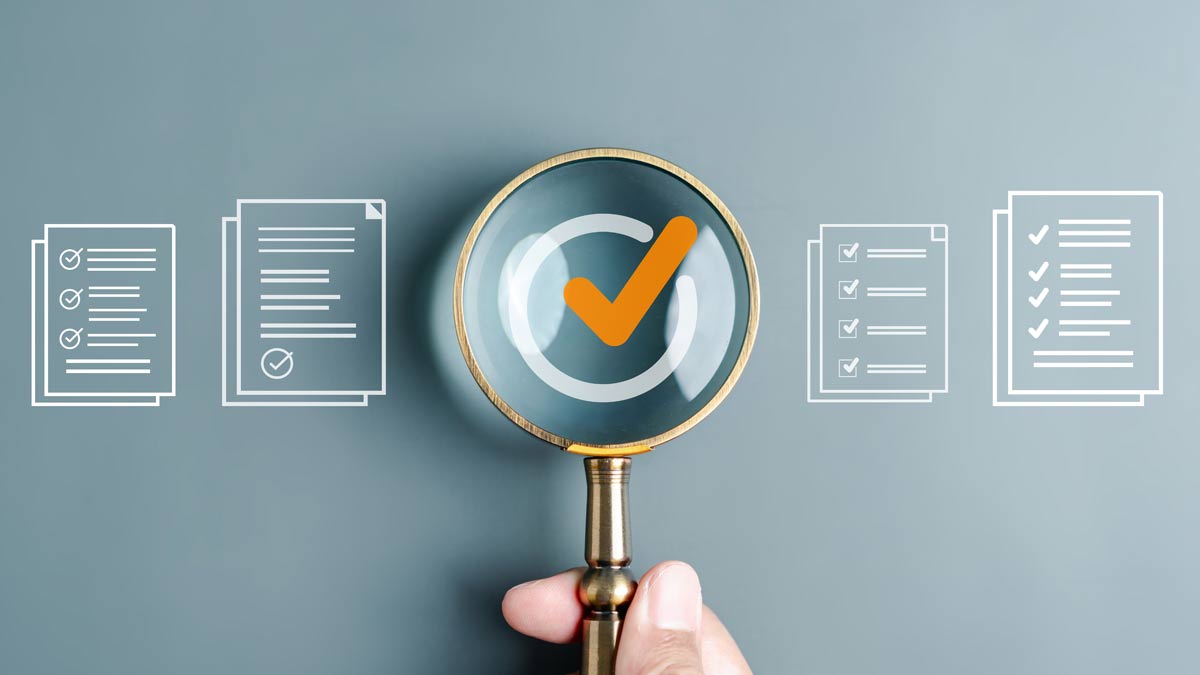Flexible PLM Solutions for Footwear Brands
Flexible PLM Solutions for Footwear Brands
Footwear brands face unique challenges, short seasons, evolving materials, global supply chains, and increasing sustainability demands. At DeSL, we understand the pace and precision required to manage these demands successfully. That’s why our Footwear PLM software is built to adapt to the specific needs of modern product development teams.
From early design concepts to final approvals, DeSL’s PLM for footwear brands helps accelerate product development, maintain visibility across the entire process, and streamline design collaboration between internal teams and global partners.

Enhance Supplier Collaboration for Footwear
Footwear development depends on strong global supplier relationships. DeSL’s PLM includes built-in supplier collaboration for footwear, giving vendors secure access to the same product data, timelines, and documents used by internal teams.
This ensures communication stays clear and centralized, whether suppliers are updating costing, sharing sample feedback, or managing testing reports. The result is improved accountability, faster approvals, and greater supply-chain visibility.
Partnering with Footwear Brands Worldwide
DeSL’s PLM for footwear brands is designed for companies that value flexibility, scalability, and deep industry expertise. Drawing on years of experience in the sector, the platform adapts seamlessly to each brand’s unique product hierarchy and workflow.
Whether your teams focus on high-performance innovation, luxury craftsmanship, or traditional manufacturing methods, DeSL provides the framework to connect people, data, and decisions.
We’ve seen firsthand how footwear brands use PLM to unify global teams, simplify supplier collaboration, and move confidently from concept to consumer, all while maintaining precision and creative freedom.
Moving Forward with Confidence
In an industry where timing, accuracy, and sustainability are critical, PLM has become a foundation for success. DeSL’s flexible and configurable footwear PLM gives brands the tools to accelerate product development, streamline collaboration, and adapt quickly to market demands.
Our experience shows that when workflows are unified and data flows seamlessly, footwear teams can focus less on managing systems and more on creating exceptional products.








